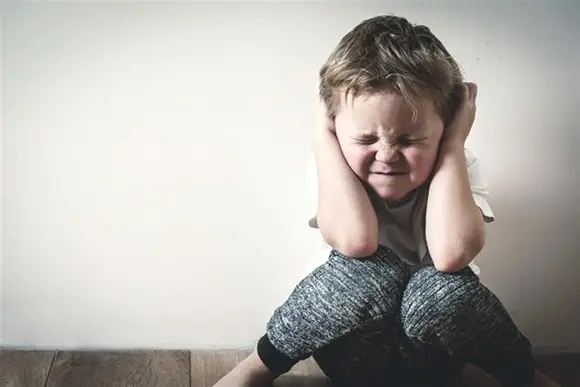.webp)
As educators whether you’re a teacher, teaching assistant, or mental health lead you know that each student is unique. Some children are naturally confident and eager to learn, while others may be more hesitant, withdrawn, or anxious.
Anxiety is a prevalent issue among many children in today’s fast-paced world, exacerbated by the Covid-19 pandemic and lockdowns. Recent surveys indicate that as many as one in six children and young people struggle with mental health-related issues, with anxiety being one of the most common.
As an educator, you play a vital role in helping children with anxiety succeed in school. This blog post will discuss practical strategies to support children with anxiety in your classroom.
Understanding Anxiety in Children

Anxiety is a feeling of unease, such as worry or fear, experienced by everyone, including children. It is normal for children to feel anxious at times, but when anxiety begins to interfere with their daily lives—such as their schoolwork and social interactions—it becomes a concern.
Children with anxiety may struggle to learn, make friends, or engage in new experiences. Anxiety can lead to avoidance of schoolwork or absenteeism, severely impacting academic achievement. As educators, it is essential to understand how anxiety affects children and their learning, and how to help them overcome it.
The Impact of Anxiety on Learning

Anxiety can significantly impair a child's ability to learn effectively. An anxious child may have a shorter attention span and impaired working memory. Anxiety can also inhibit risk-taking, participation in class, and task completion, especially when tasks are perceived as challenging.
Moreover, anxiety can lead to school avoidance or selective subject avoidance, resulting in substantial academic progress loss. Absenteeism due to anxiety means missing out on crucial learning experiences and social development.
8 Tips for Teachers to Help Anxious Students
Several strategies can help support anxious students in the classroom:
- Build a Positive Relationship with the Child: Establishing a personal connection and showing genuine interest in students’ lives can help them feel more comfortable. Positive reinforcement and strengths-based feedback encourage effort and achievement, making children feel listened to and supported.
- Foster Positive Classroom Relationships Amongst Peers: Encourage friendly interactions and smiles from peers, which can create a welcoming environment. Peer support programs, like Wellbeing Ambassadors, can provide role models who help regulate and reduce anxiety among other children.
- Create a Safe and Calm Learning Environment: Use calming colours, lighting, and sounds in the classroom. Establish a calming corner or area where children can go to regulate their anxiety. Encourage deep breathing or stretching to relieve stress and promote relaxation.
- Teach Coping Strategies: Equip children with relaxation techniques like deep breathing, meditation, mindfulness, and visualization. These can be taught as classroom activities or encouraged for regular practice at home or in peer groups.
- Encourage Self-Expression: Provide opportunities for children to discuss their feelings through group discussions, one-on-one sessions, or creative outlets like art, music, or journaling. More anxious children might benefit from working with trained staff outside the classroom.
- Promote Physical Activity and Time in Nature: Encourage children to engage in physical activities and outdoor experiences, which can significantly reduce anxiety and improve overall well-being. Adapt activities to ensure inclusivity.
- Develop Clear Expectations: Establish a predictable and structured classroom environment with clear expectations, routines, and schedules. Clear guidelines for behaviour and academic work help reduce anxiety triggers.
- Collaborate with Parents and Professionals: Work with parents, mental health professionals, school nurses, and other educators to understand a child's triggers and fears. Liaise with professionals to create effective support plans for the child.
Conclusion
Supporting children with anxiety in school is crucial for their academic and personal success. By building positive relationships, creating a calm learning environment, teaching copying strategies, promoting physical activity, and collaborating with parents and professionals, you can help children with anxiety overcome their challenges and thrive. Every effort you make contributes to a supportive and validating environment, empowering anxious children to succeed.